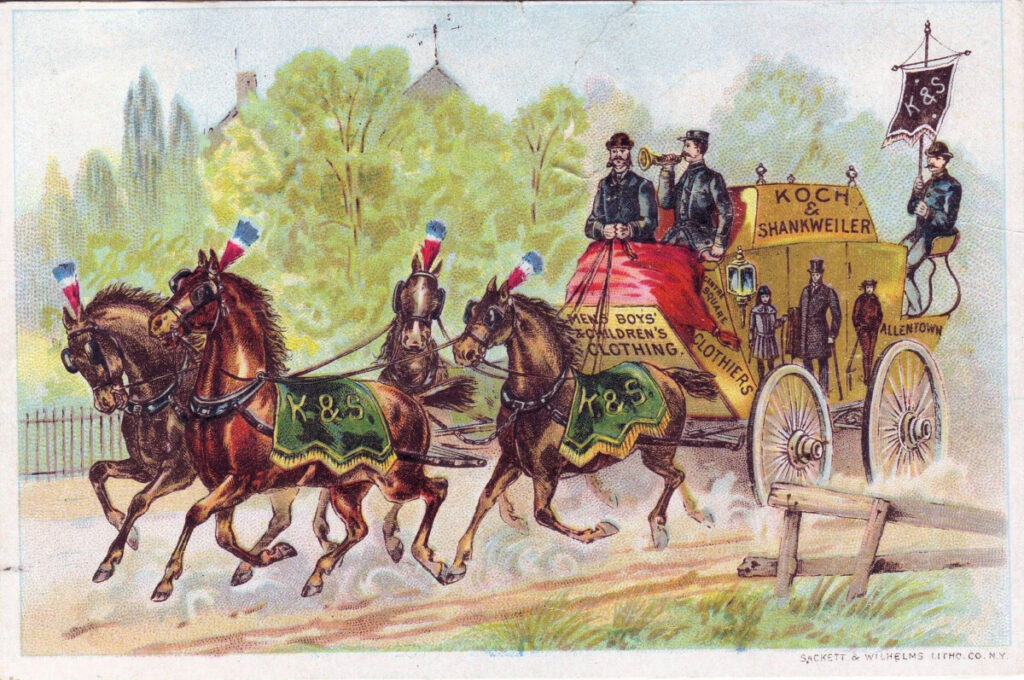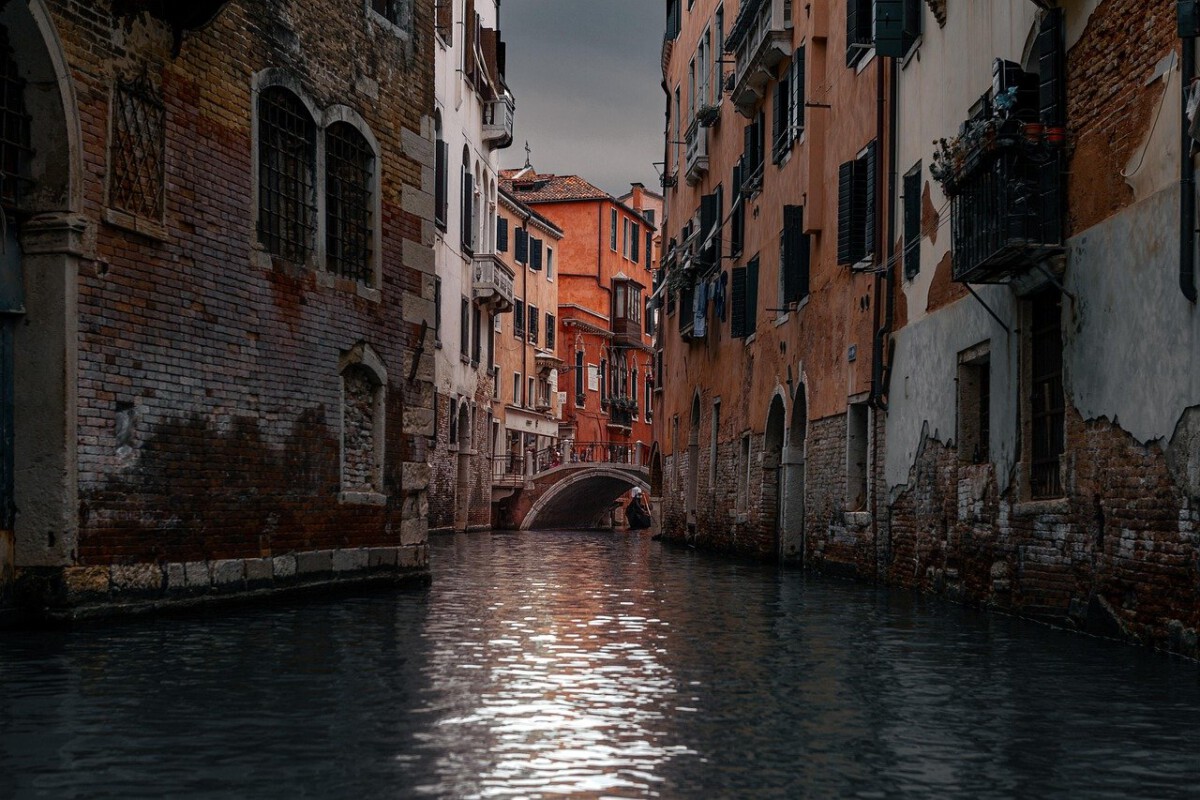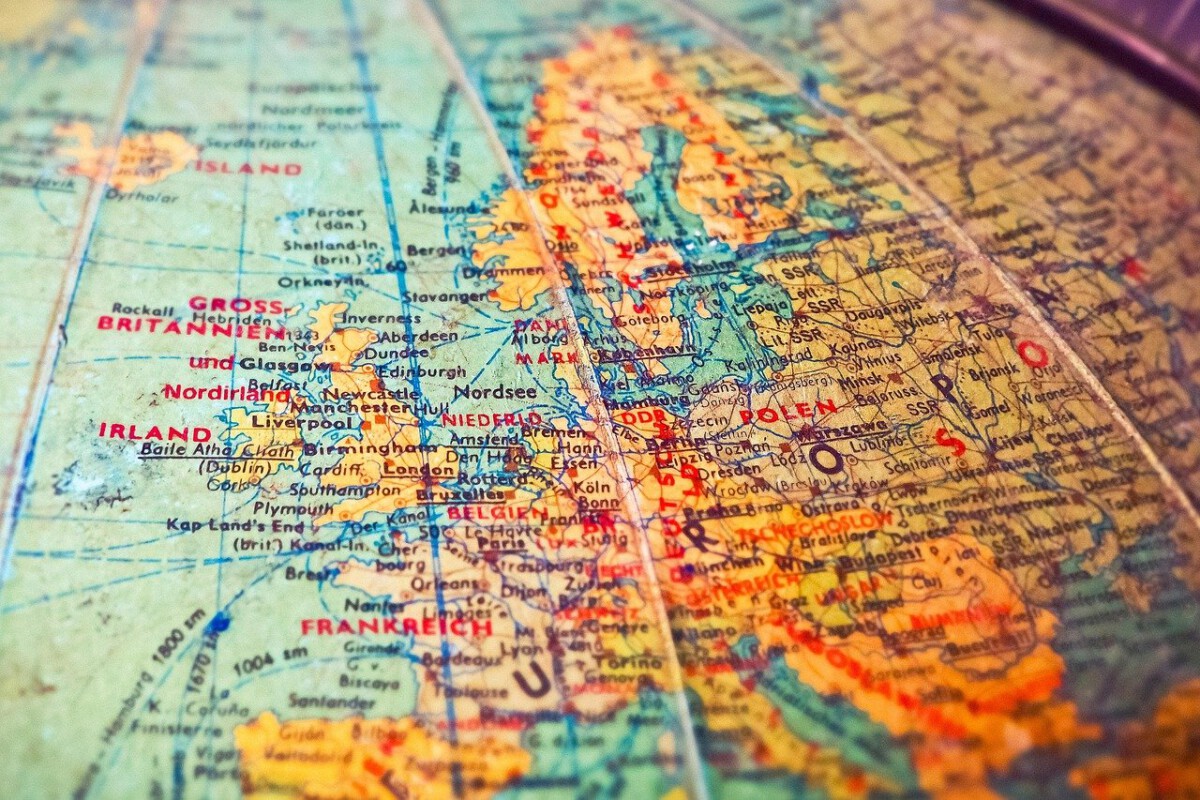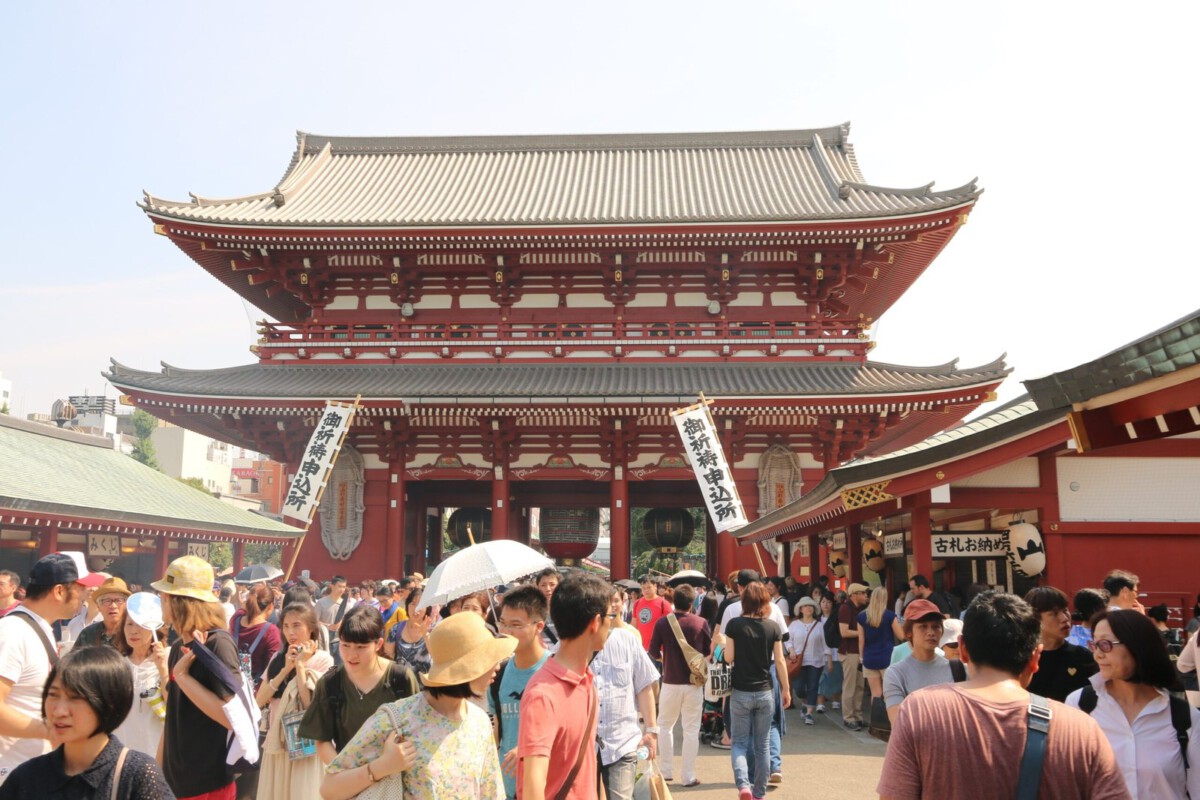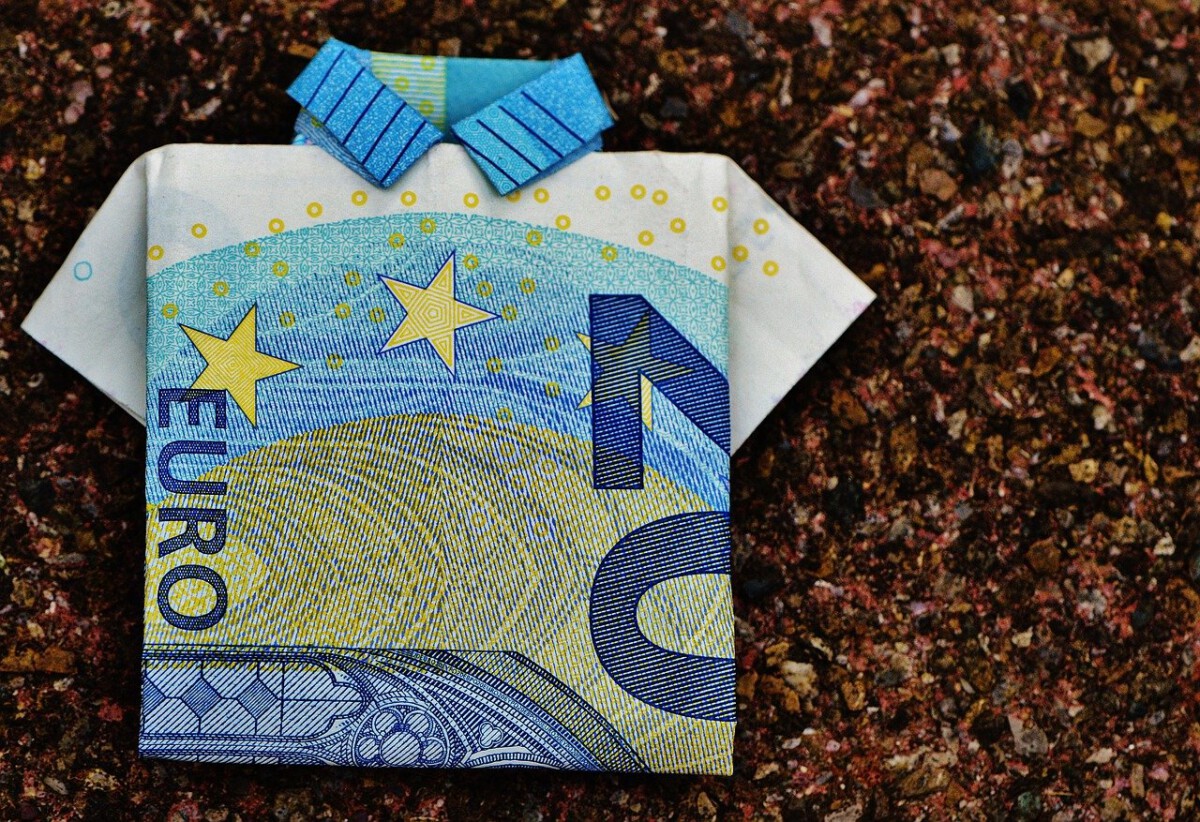Fashion serves as a mirror to society, reflecting shifts in culture, politics, and even technology. Over the centuries, certain historical milestones have indelibly altered the fashion landscape. These ten iconic events set trends and opened new avenues for self-expression, transforming fashion into an industry that continually evolves. Let’s embark on a journey through time and unravel the moments that forever changed the way we dress.
The French Revolution (1789-1799)
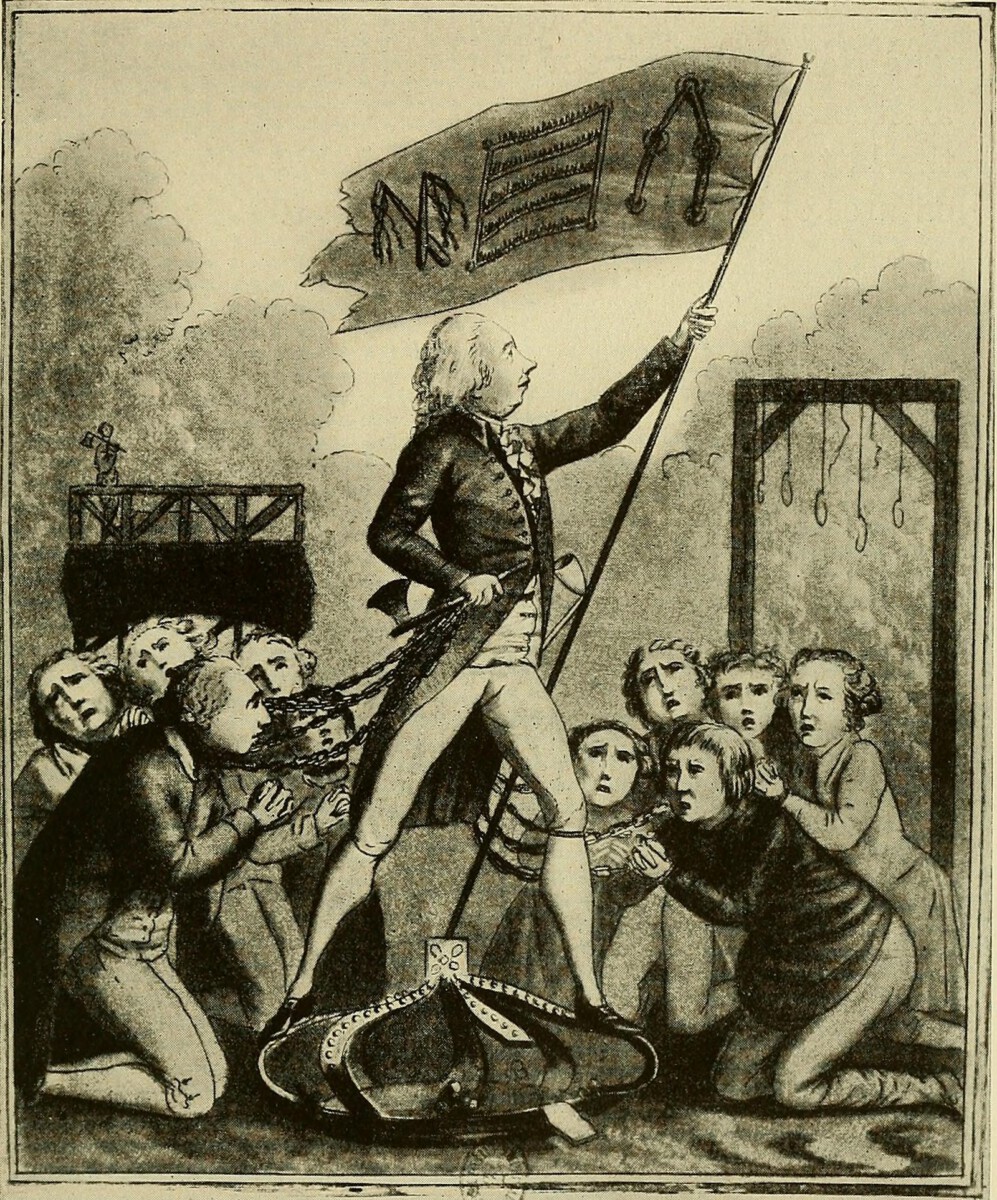
The French Revolution was not merely a seismic political shift; it was a fashion revolution too. Before the upheaval, France’s aristocrats adorned themselves in extravagant, opulent wardrobe pieces as symbols of their immense wealth and power. Lace, ribbons, and jewels were commonplace in their clothing. However, post-revolution, a change towards more practical and simpler garments emerged. The population embraced the sans-culottes style, characterized by straightforward trousers, jackets, and clothing that mirrored the working class’s attire. This move toward egalitarian dressing transcended France’s borders and set the stage for a global shift in fashion sensibilities. Thus, the revolution democratized fashion, making it accessible and relatable.
The Industrial Revolution (1760-1840)

The Industrial Revolution brought technological advancements that reshaped many facets of life, including fashion. For the first time, mass production of textiles became possible, thanks to inventions like the spinning jenny and power loom. This led to the birth of ready-to-wear clothing, allowing more people access to a wide variety of garments without the need for bespoke tailoring. It also resulted in a broader selection of fabrics and colors, significantly impacting the affordability of clothes. Consequently, fashion began to cater to not just the affluent but also the burgeoning middle class, thus democratizing clothing choices across societies.
World War I (1914-1918)
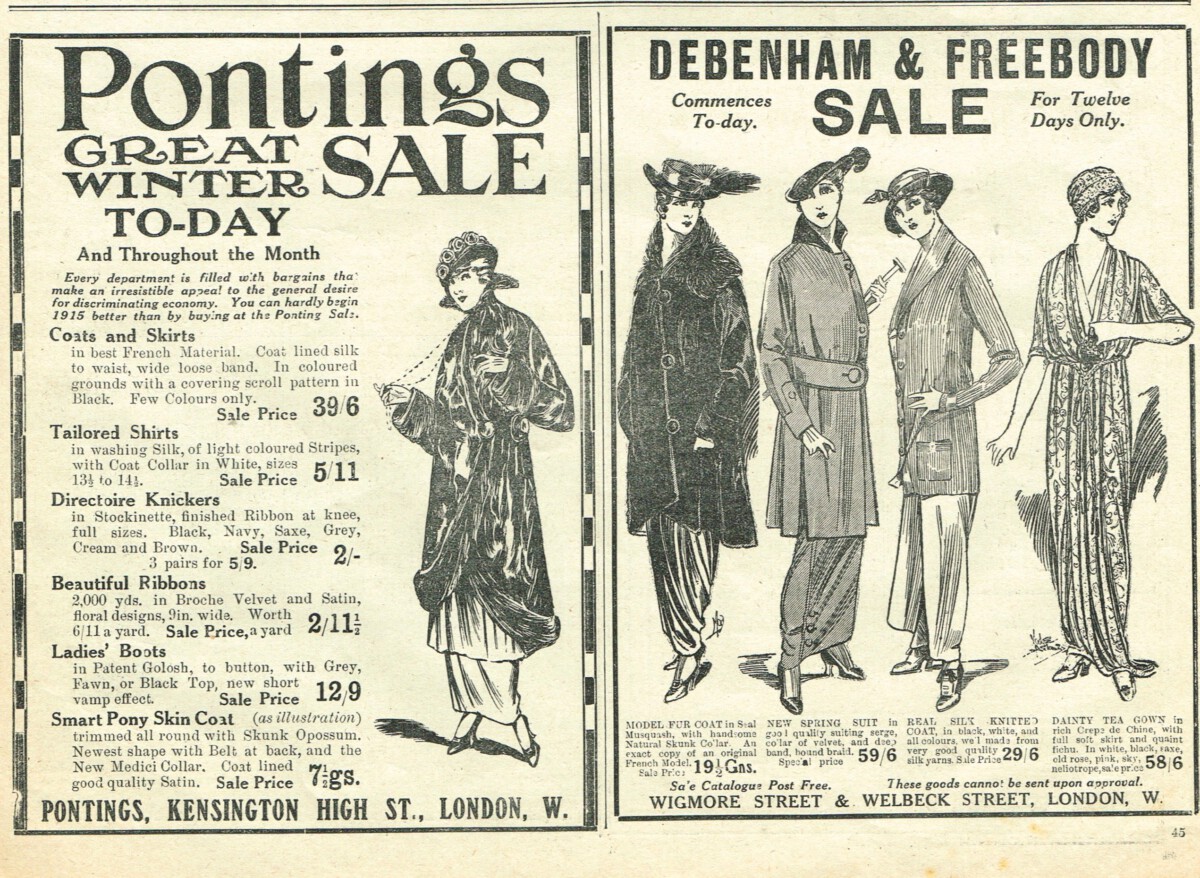
World War I ushered in an era where practicality in women’s fashion took center stage. As women entered the workforce in droves, their attire had to adjust to accommodate the practicality of labor-intensive jobs. This necessity led to shorter skirts and dispelled the custom of wearing restrictive corsets. Looser clothing silhouettes became fashionable, marking the onset of the modern liberated woman. The war also played a pivotal role in the acceptance of women wearing trousers, a trend that began to redefine gender roles in fashion. From office spaces to factories, the sartorial choices of women reflected newfound independence and practicality.
The Roaring Twenties (1920s)
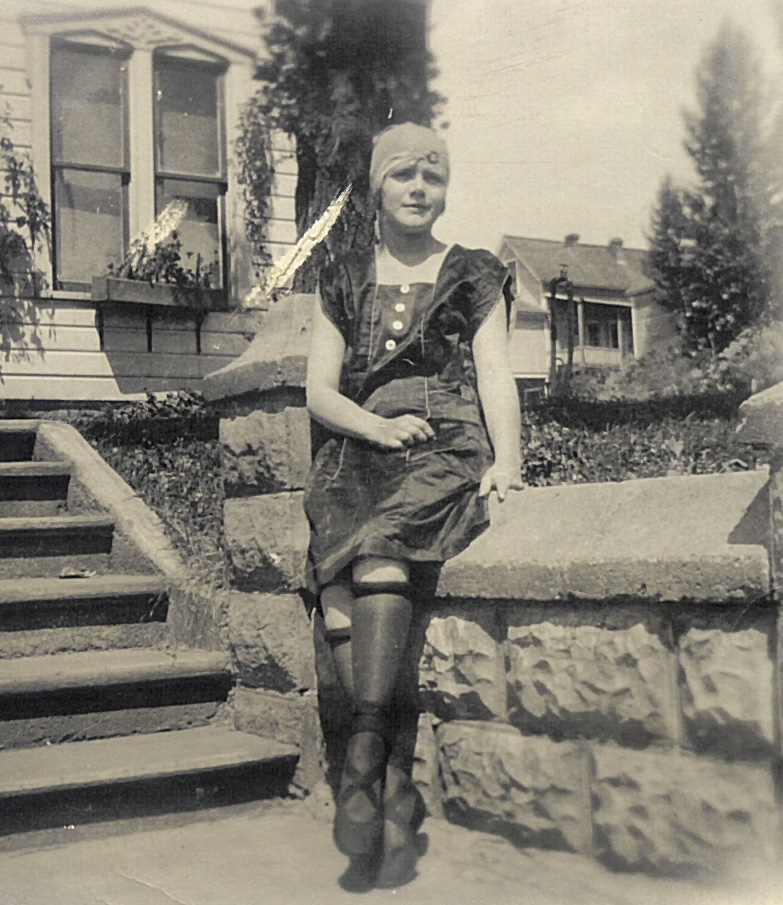
The 1920s, an era marked by groundbreaking social changes and economic prosperity, were fertile grounds for bold experimentation in fashion. The iconic flapper dresses, celebrated for their liberated and spirited cuts, dominated the fashion landscape. These dresses, often adorned with beads and sequins, signified glamour, rebellion, and the newfound freedom women enjoyed. The decade also ushered in greater acceptance of women’s pants, with sportswear transforming into casual everyday attire. Accessories became central to style, with cloche hats, beads, and art deco jewelry accentuating the spirited wardrobes of the era. Fashion, in many ways, became a testament to the jubilant energy and optimism of the times.
The Great Depression (1930s)
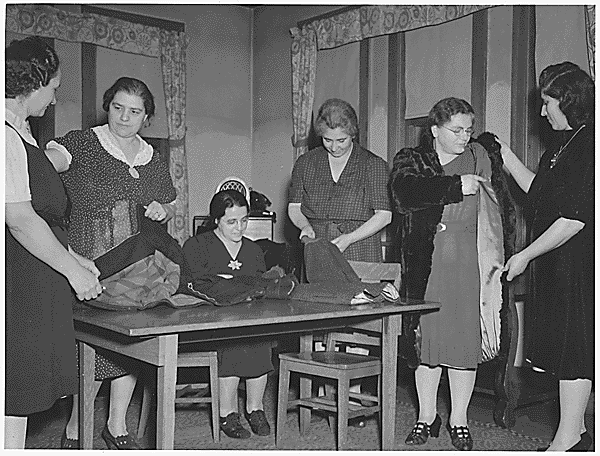
The Great Depression was an economic catastrophe that deeply influenced the scope of fashion. With limited resources, people turned towards more economical alternatives in their wardrobe choices. This era saw the introduction of cheaper fabrics like rayon and synthetic materials in fashion. Clothing adopted more tailored silhouettes with minimal embellishments, reflecting the austere times. The economic hardship also nurtured a do-it-yourself culture, with many families repurposing older garments or hand-making clothing. Such resourcefulness underscored the resilience of this period and its innovative approaches to maintaining style amidst hardship.
World War II (1939-1945)

World War II further compounded restrictions on fashion, with fabric rationing necessitating the emergence of utility clothing. This style focused on simplicity and functionality, favoring durable designs. Military influences began seeping into everyday fashion, rendering garments like trench coats and bomber jackets as timeless fashion staples. The victory suit for women, with its structured shoulders and tailored fit, reflected the wartime ethos of strength and resilience. This utility-driven fashion paradigm became a hallmark of necessity and served as a counterpoint to previous extravagance, highlighting the wartime reality’s influence on style.
The Civil Rights Movement (1950s-1960s)
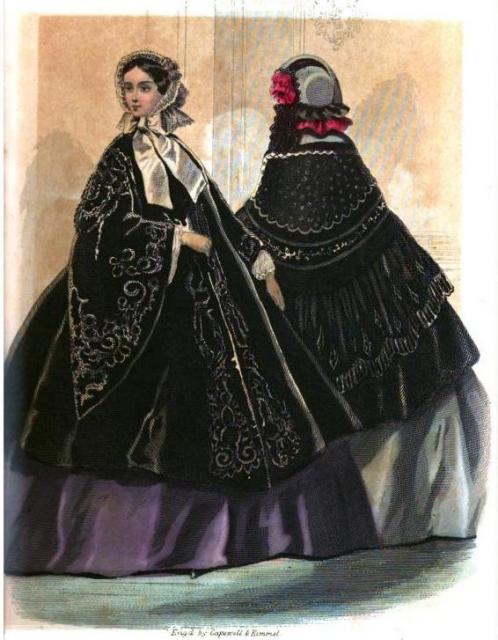
The Civil Rights Movement inspired a fashion revolution that celebrated Black identity and culture. Throughout the 1960s and 1970s, clothing like dashikis and Afrofuturism garments became popular, embodying pride and a reconnection to African heritage. Bold colors and patterns became synonymous with cultural pride, signaling a broader movement of resistance and self-expression. This powerful influence reshaped mainstream fashion, with elements of cultural diversity gaining greater prominence in designer collections worldwide. Attire rooted in cultural significance became not merely a statement but a symbol of solidarity, empowerment, and enduring resilience.
The Counterculture Movement (1960s)
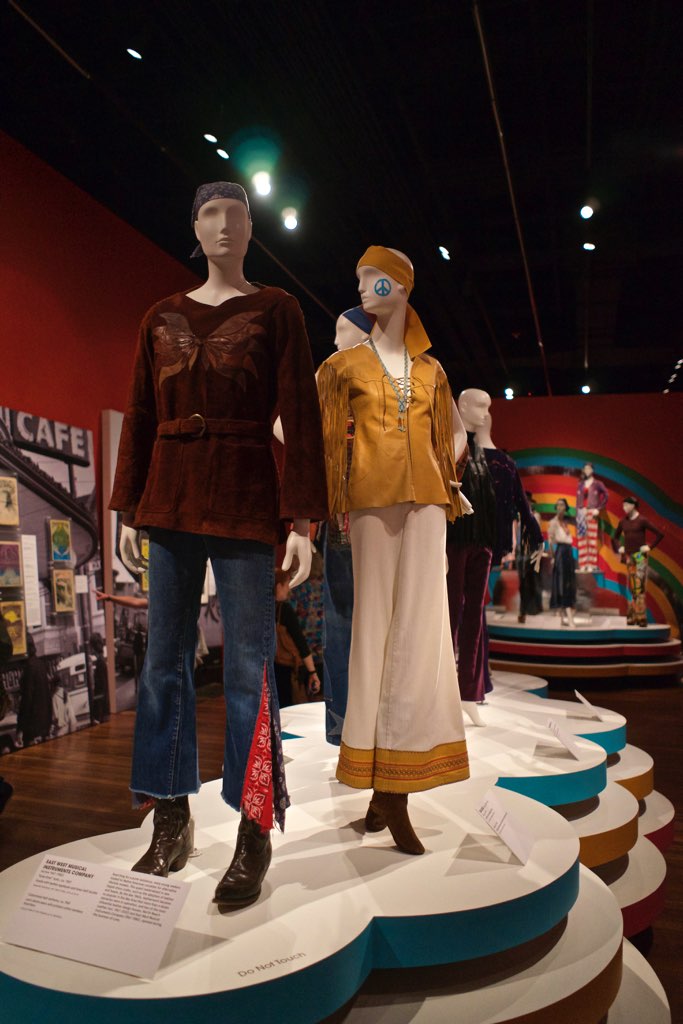
During the 1960s, the counterculture movement served as a vanguard of revolutionary fashion that challenged societal norms. Fueled by social and political unrest, this movement embraced vibrant self-expression, leading to an explosion of new styles. Psychedelic colors, bohemian aesthetics, and tie-dye patterns became emblems of this era. Unisex clothing rose to prominence, shattering traditional gender constructs in fashion and fostering a greater acceptance of diverse identities. Furthermore, this era witnessed the wide adoption of casual wear, as individuals ventured away from the confines of formal attire to embrace clothing defined by comfort and creativity.
The Rise of Streetwear and Hip-Hop Fashion (1980s-1990s)
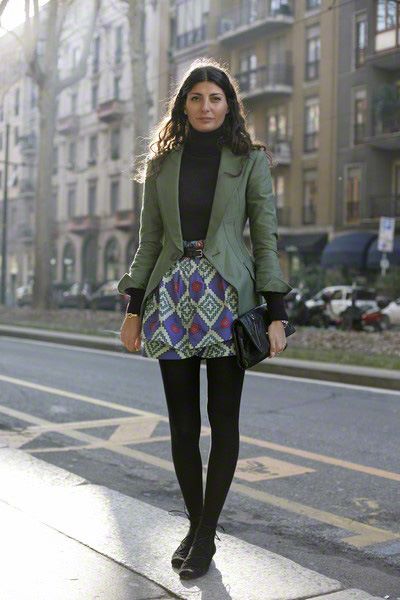
In the 1980s and 1990s, streetwear and hip-hop fashion emerged as dominant forces that reshaped global fashion trends. Originating from urban centers, this fashion movement was characterized by baggy clothing, branded sneakers, and bold accessories like oversized chains. Streetwear transcended cultural boundaries and became a significant genre in fashion, reflecting the influence of hip-hop culture. Brands like Adidas and Nike soared in popularity as sportswear and logo-driven designs took center stage. This era marked a shift from formal dress codes to casual, expressive, and distinctive attire, cementing streetwear’s status as a mainstay in modern fashion.
The Digital Age and Social Media (2000s-present)
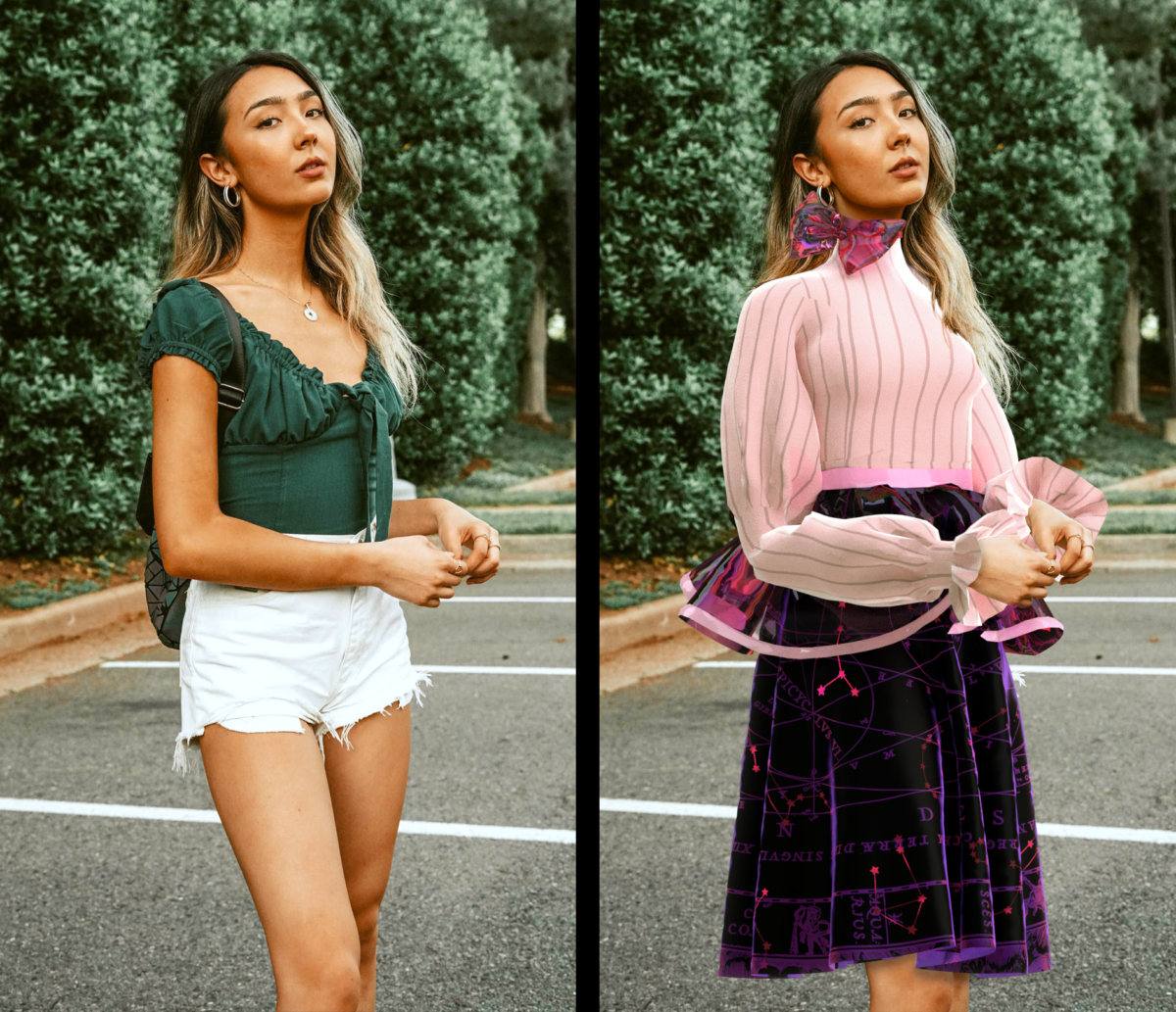
The digital age heralded a new era for fashion, with social media platforms becoming a pivotal axis of influence. The rise of online influencers and digital stores democratized the fashion landscape, accelerating trend cycles and fueling the demand for fast fashion. Constant connectivity enabled an unprecedented flow of inspiration, revolutionizing personal style choices worldwide. Simultaneously, the impact of fast fashion on the environment sparked a growing movement toward sustainability and slow fashion, fostering awareness around ethical consumption. As technology and connectivity continue to evolve, the digital landscape remains a vital arena for fashion’s dynamic conversation and transformation.

